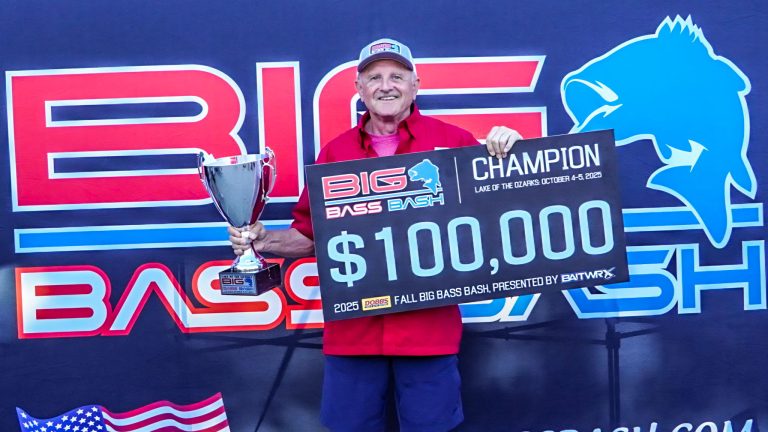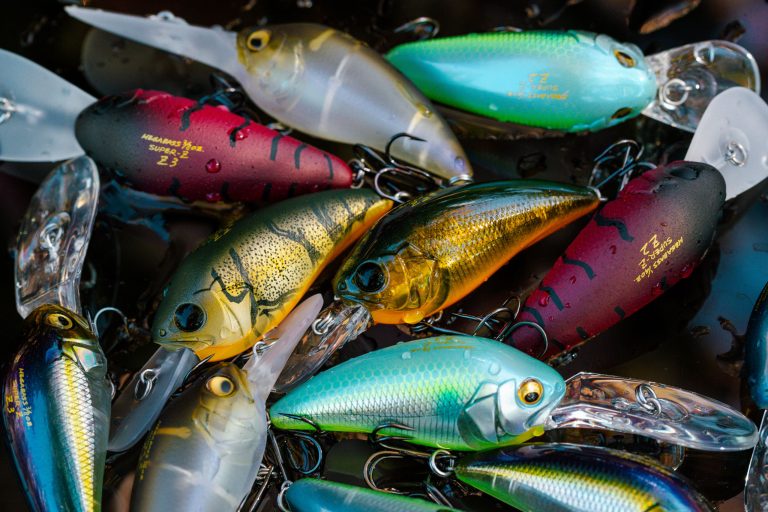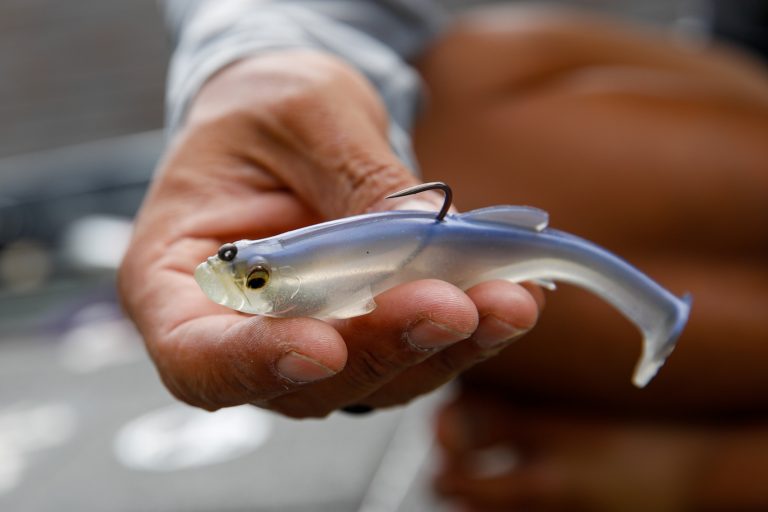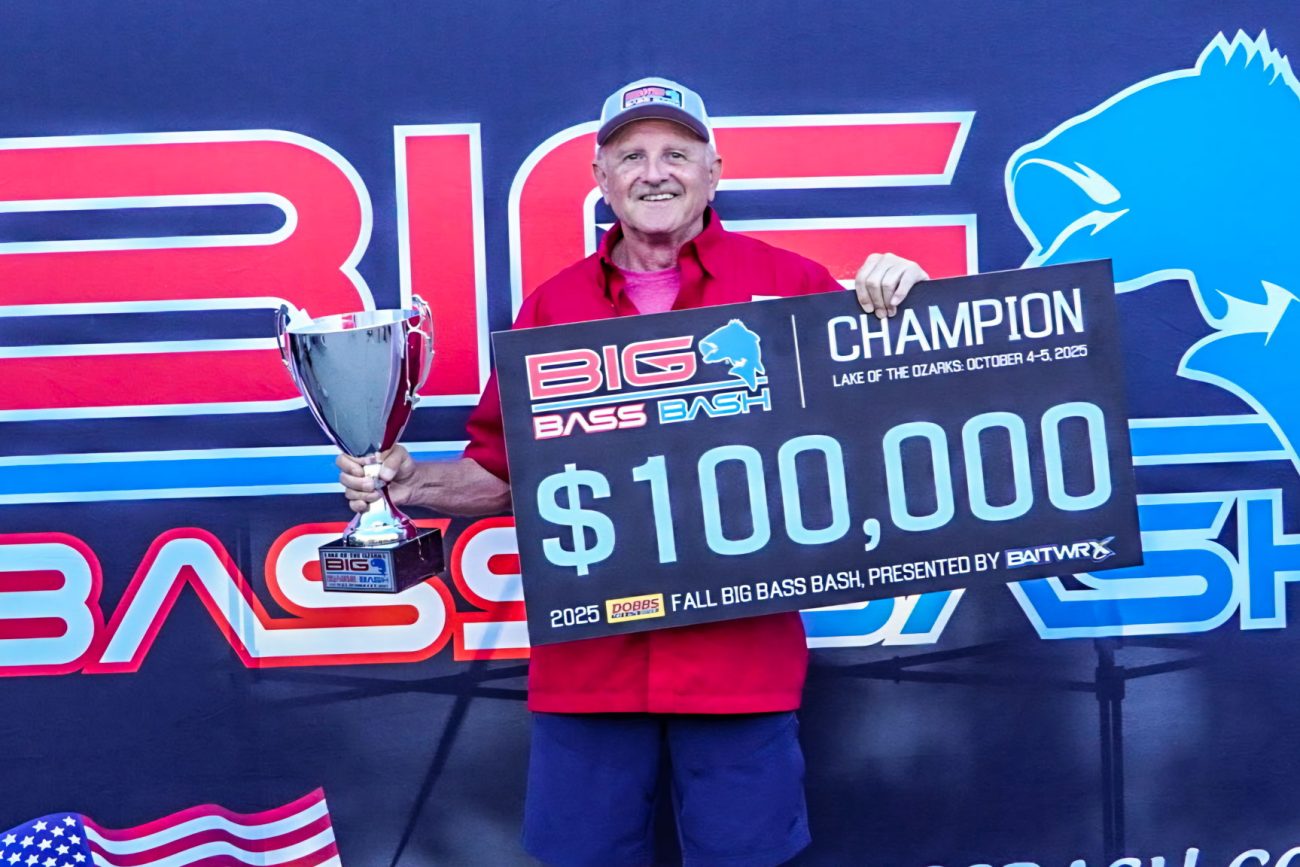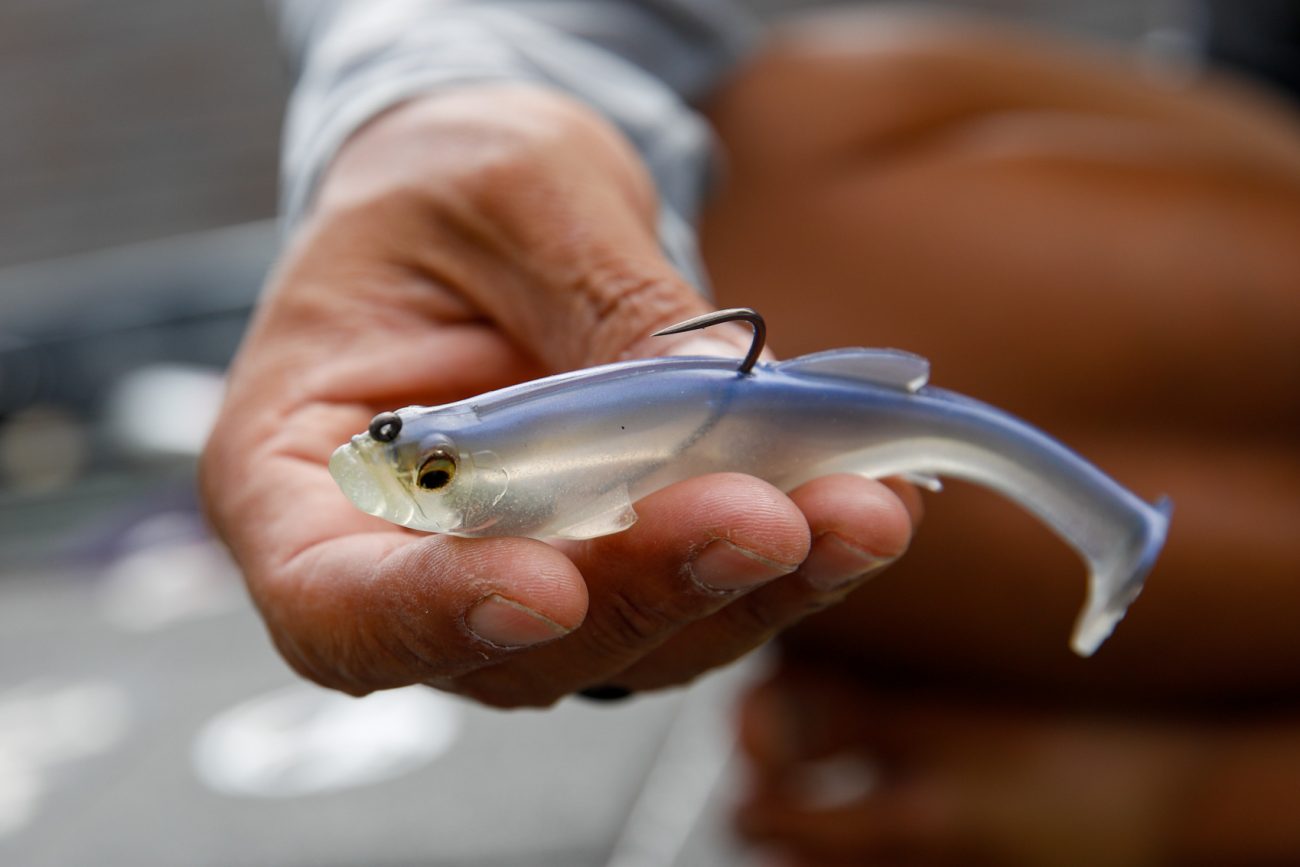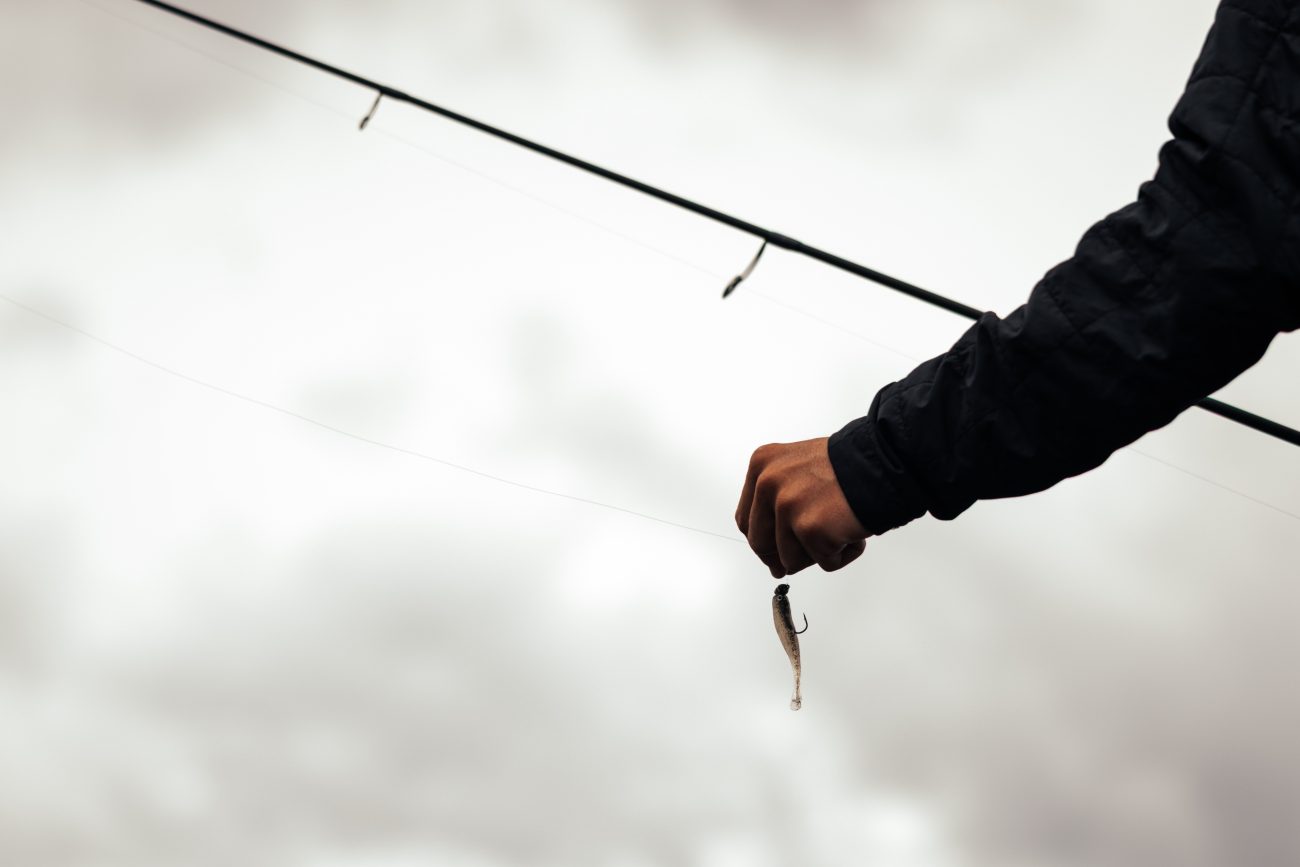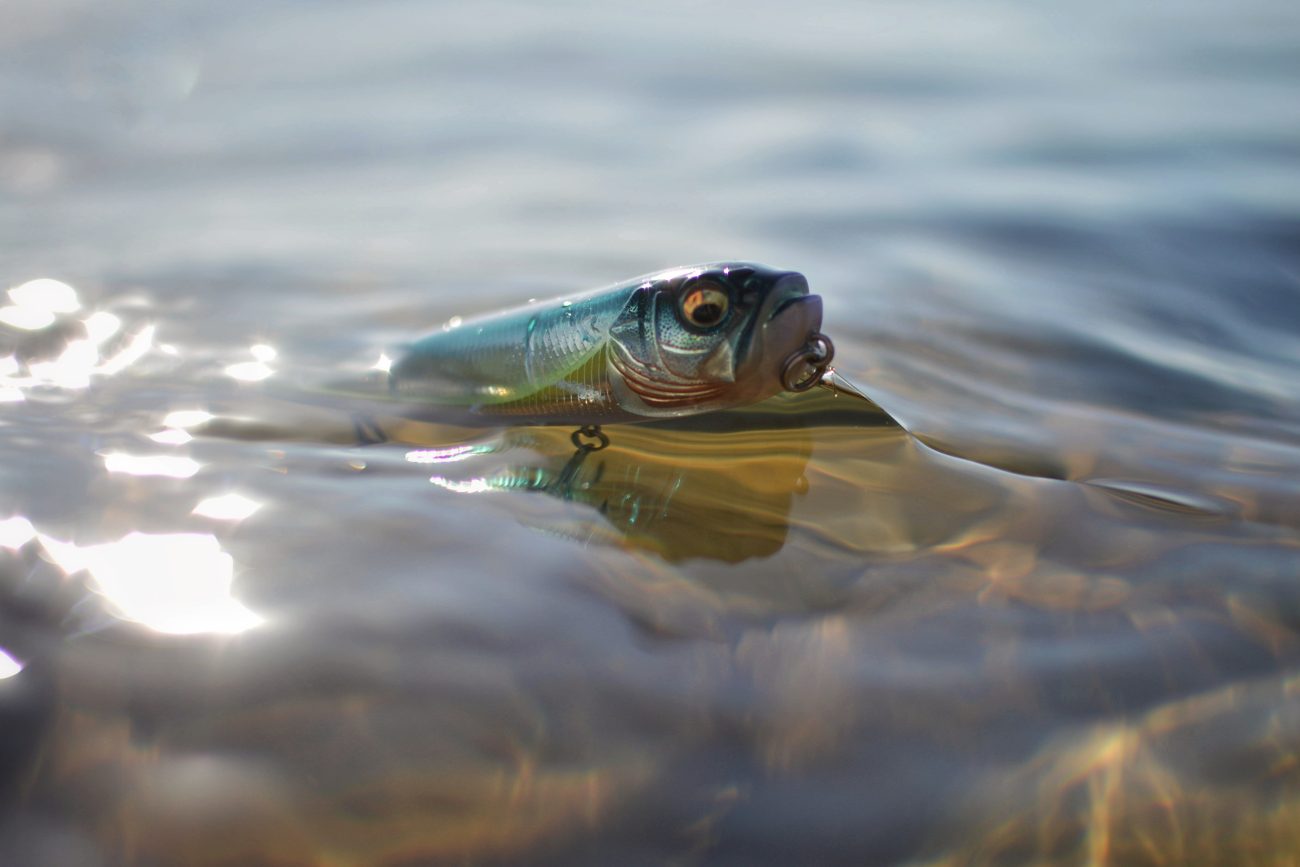Nothing in bass fishing matches a topwater strike. The sudden surface explosion, violent head shakes, and adrenaline rush are why anglers love topwater season. When bass get pressured, they shy away from the frogs, buzzbaits, and poppers they see daily.
That’s when showing them something different pays off. Enter the i-WING 135 Topwater Crawler: a winged topwater lure that combines size, sound, and action in a way bass rarely encounter. It’s loud, it’s flashy, and it has a knack for drawing giant bites, especially on shallow grass flats after the spawn.
In this article, we’ll break down what makes winged topwater lures different, how to fish the i-WING 135, and why it should have a spot in your topwater arsenal.
What Makes Winged Topwater Lures Different
Most anglers are familiar with walking baits, buzzbaits, and poppers. They splash, they spit, they buzz, and they all catch fish. But pressured bass quickly grow wise to the same presentations. That’s where a winged topwater comes in.
The i-WING 135 features oversized wings that slap water as it moves. Paired with an internal rattle system, it produces a unique sound and profile. Instead of blending with typical topwater lures, this bait stands out, often the key to bites when other lures fail.
The i-WING 135: Features That Drive Big Bass Crazy
The i-WING 135 is more than just a novelty bait. It’s designed with the details that make big bass commit:
- Size and Weight: At 1 5/8 ounces, it’s an oversized lure built to draw attention.
- Winged Action: Its hinged wings create a crawling, splashing action across the surface, mimicking everything from dragonflies to baby birds.
- Internal Rattle System: A unique weight-and-flag mechanism knocks back and forth, creating a steady knocking rhythm that drives fish crazy.
- Long-Casting Performance: Heavy enough to bomb long casts, which is essential when covering water on grass flats or shallow bays.
Whether bass think it’s an insect, a struggling bird, or just an easy meal, the result is the same: explosive, vicious strikes.
Best Gear Setup for the i-WING 135
A bait this size requires the right tools. The i-WING isn’t a finesse topwater; it’s a big, heavy lure that needs a stout rod, strong line, and a reel that can handle the load.
- Rod: For maximum casting distance and power, the Destroyer P5 (USA) Mark-56 is a top choice. At 7’6”, it gives you the leverage and backbone to launch the i-WING across shallow flats and handle big fish in heavy cover. For anglers seeking a slightly shorter option with versatility, the Destroyer P5 (JDM) Killer Code offers precision and power in a compact package.
- Line: Heavy monofilament (around 25 lb test) is ideal. Mono floats, adds just enough stretch to absorb violent strikes, and keeps the wings working properly.
- Reel: A 300-size reel with a medium-fast gear ratio (around 6.3:1) provides enough speed to burn the bait or control slow retrieves.
This setup enables you to cover water effectively while ensuring every hookset sticks, even with the bone-crushing strikes this bait produces.
How to Fish the i-WING 135
Fishing the i-WING 135 is straightforward, but a few adjustments can make the difference between missed opportunities and a day to remember.
- Long Casts: Use the rod’s length and bait’s weight to your advantage. Launch it across shallow grass flats, isolated trees, or reed lines. The longer the bait is on the surface, the more time bass have to find it.
- Retrieve Styles:
- Medium to Medium-Fast: In most situations, a steady medium retrieve creates a consistent wing-flap and knocking sound that calls fish from a distance.
- Slow Crawl: On calm, slick water, slow it down and let the wings plop along, imitating a struggling insect or baby bird.
- Grass Breaks: If the bait hits a grass patch, pop it free gently and keep it moving. That sudden burst of action often triggers a strike.
- Sound and Vibration: Don’t underestimate the knocking of the internal weight system. It’s audible above the waterline and acts like a dinner bell for bass.
When and Where the i-WING 135 Shines
The i-WING isn’t just for post-spawn; that’s just when it shines. After spawning, bass feed aggressively in shallow grass, making it an ideal time to use an oversized topwater.
- Seasonal Window: From post-spawn through late fall, when bass are shallow and looking up.
- Ideal Habitat: Grass flats, isolated trees, reed patches, or areas with bird activity. Single trees are great; they attract dragonflies and nesting birds, both of which are food for bass.
- Water Conditions: While it performs well in calm water, the i-WING excels in ripples or light chop, where its wings effectively cut through surface disturbances.
From California reservoirs to Florida grass lakes, this bait has proven itself as a big-fish catcher across the country.
Why the i-WING 135 Outfishes Standard Topwaters
Buzzbaits, frogs, and poppers all have their time and place, but bass in heavily pressured fisheries have seen them all before. The i-WING 135 stands out by offering:
- A profile bass don’t often encounter.
- A unique sound that carries over distance.
- The ability to cover water quickly and effectively.
That “something different” factor is often the key to triggering bites when fish ignore standard topwaters. For tournament anglers, it’s a way to get ahead of the competition. For weekend anglers, it’s a ticket to some of the most memorable topwater strikes of your life.
Final Thoughts
The i-WING 135 Topwater Crawler isn’t just another lure — it’s a full-on topwater experience. From the violent blowups to the long-casting, wing-flapping action, it offers something bass rarely see and can’t seem to resist.
Pair it with the Destroyer P5 (USA) Mark-56 or the Destroyer P5 (JDM) Killer Code, spool up with heavy mono, and get ready to cover water and connect with some of the biggest bass in your fishery.
If you want a new topwater weapon, the i-WING 135 is proven to deliver unforgettable strikes season after season.

